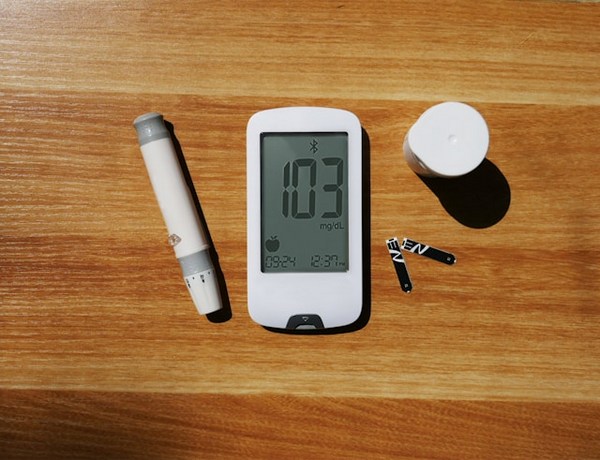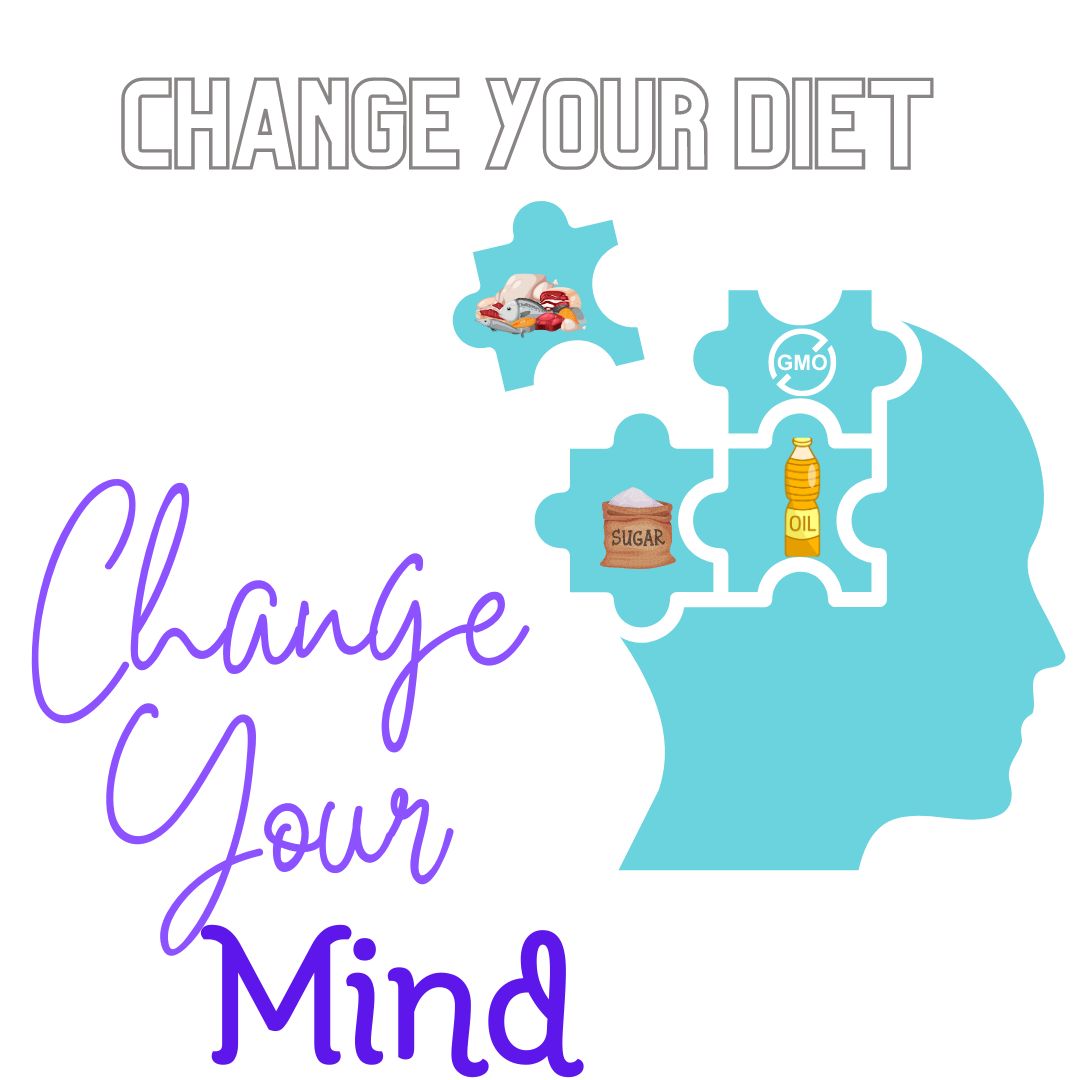Key Takeaways
- Histamine’s Role: Vital in immune responses, digestion, and as a neurotransmitter in the central nervous system.
- Histamine Production: Produced in mast cells and basophils, released in response to allergens, infections, and injury.
- Functions: Key in allergic reactions, immune defense, stomach acid production, and brain function.
- Histamine Intolerance: Caused by insufficient breakdown of histamine, leading to symptoms similar to allergic reactions.
- Management: Involves antihistamines, avoiding high-histamine foods, and lifestyle adjustments to control symptoms.
Introduction to Histamine
Histamine is a naturally occurring compound in the body. It plays a significant role in the immune system, digestion, and the central nervous system.
Histamine acts as a neurotransmitter, sending signals between nerve cells. It also helps regulate stomach acid production and immune responses.
Histamine Production and Release

Histamine is produced by decarboxylation of the amino acid histidine. This process primarily occurs in mast cells and basophils, types of white blood cells.
Mast cells store histamine and release it when triggered by allergens or physical injury. Basophils also release histamine during allergic reactions.
Triggers for histamine release include allergens, infections, and physical injury. These triggers cause cells to release histamine into surrounding tissues, leading to various physiological responses.
Functions of Histamine
Histamine has multiple roles in the body. In the immune response, it helps fight off pathogens by increasing blood flow and the permeability of blood vessels.
In allergic reactions, histamine release leads to symptoms like itching, swelling, and redness. It is a key player in conditions such as hay fever and food allergies.
In the digestive system, histamine stimulates the production of stomach acid, aiding in digestion.
In the central nervous system, histamine functions as a neurotransmitter, influencing sleep, appetite, and cognition.
Histamine and Allergies

Histamine plays a crucial role in allergic reactions. When the immune system encounters an allergen, it triggers histamine release from mast cells and basophils.
This release leads to common allergy symptoms. Hay fever, food allergies, and allergic rhinitis are conditions heavily influenced by histamine.
Symptoms of high histamine levels include itching, hives, nasal congestion, and headaches. These symptoms can vary in intensity based on the individual’s sensitivity.
Histamine Intolerance

Histamine intolerance occurs when the body cannot break down histamine properly. This can be due to a deficiency in diamine oxidase (DAO), the enzyme responsible for histamine breakdown.
Symptoms of histamine intolerance mimic those of allergic reactions. They include headaches, flushing, hives, and digestive issues like diarrhea.
Diagnosis involves elimination diets, blood tests to measure histamine levels, and DAO activity tests. Identifying and avoiding histamine-rich foods can help manage symptoms.
Foods and Histamine

Certain foods are high in histamine. These include
- Alcoholic beverages
- Fermented vegetables (e.g., sauerkraut, kimchi)
- Tomatoes
- Eggplants
- Spinach
- Avocados
- Tofu (fermented soy products)
- Pumpkin
- Olives
- Strawberries
- Bananas
- Nuts (cashews, walnuts)
- Dried fruits (figs, apricots, raisins)
- Citrus fruits (oranges, lemons, limes)
- Eggplant
- Beans (kidney beans, chickpeas, black beans)

While this list includes common foods known for their histamine levels, the actual levels can vary based on freshness and processing methods.
Some foods trigger histamine release even if they are not high in histamine themselves. Alcohol, tomatoes, and certain fish fall into this category.
Managing histamine levels through diet involves avoiding high-histamine foods and those that trigger its release. Fresh, unprocessed foods are generally safer options for those with histamine intolerance.
Histamine and Mental Health

Histamine also affects mental health. It has been linked to conditions like anxiety and depression.
In the brain, histamine regulates the sleep-wake cycle, appetite, and cognitive functions. Imbalances can lead to mood disorders and cognitive issues.
Research continues to explore the relationship between histamine and mental health. Understanding this link may lead to new treatments for mental health conditions.
Treatments and Management
Antihistamines are the primary treatment for managing histamine-related conditions. They block histamine receptors, reducing symptoms like itching, swelling, and redness.
There are different types of antihistamines. First-generation antihistamines can cause drowsiness, while second-generation antihistamines are less sedating.
Other medications, such as mast cell stabilizers, prevent histamine release. Corticosteroids and decongestants can also help manage symptoms.
Lifestyle changes can significantly impact histamine levels.
Stress management, a healthy diet, and avoiding known triggers are essential strategies.

Research and Future Directions
Recent studies focus on histamine’s role in various health conditions. Researchers are exploring new ways to target histamine pathways for treatment.
Potential future treatments could include advanced antihistamines, enzyme replacements, and novel medications that modulate histamine levels.
Ongoing research aims to better understand histamine’s complex role in the body. This knowledge could lead to improved management of allergic reactions, histamine intolerance, and related health issues.
Thymus supplement with proteins from ovine thymus supports immune and allergy health, based on traditional wisdom.
Includes beef liver, enhancing immunity, memory, skin, hair, connective tissue, and heart health.
Contains immunologically active proteins that may stimulate macrophage and NK cell activity and promote T-Cell development.
Sourced from 100% grass-fed, pasture-raised cows in New Zealand and Australia, made in the USA without GMOs or fillers.
Aims to provide essential nutrition through high-quality organ supplements, promoting comprehensive immune support.
Conclusion
Histamine is a vital compound with diverse roles in the body. It influences immune responses, digestion, allergic reactions, and mental health.
Managing histamine levels through diet, medication, and lifestyle changes can significantly improve quality of life for those affected by histamine-related conditions.
FAQs
What is histamine?
Histamine is a compound involved in local immune responses, regulating physiological functions in the gut, and acting as a neurotransmitter.
What triggers histamine release?
Triggers include allergens, certain foods, and physical injury.
What are common symptoms of high histamine levels?
Symptoms can include itching, hives, headaches, and digestive issues.
How can histamine intolerance be diagnosed?
Through elimination diets, blood tests, and measuring enzyme activity (DAO test).
What foods should be avoided if I have histamine intolerance?
Foods high in histamine, such as aged cheeses, fermented foods, and processed meats, should be avoided.
Research
Best, C.H. and McHenry, E.W., 1931. Histamine. Physiological Reviews, 11(4), pp.371-477.
Bachert, 1998. Histamine–a major role in allergy?. Clinical & Experimental Allergy, 28(S6), pp.15-19.
Brown, R.E., Stevens, D.R. and Haas, H.L., 2001. The physiology of brain histamine. Progress in Neurobiology, 63(6), pp.637-672.
Colombo, F. M., Cattaneo, P., Confalonieri, E., & Bernardi, C. (2017). Histamine food poisonings: A systematic review and meta-analysis. Critical Reviews in Food Science and Nutrition, 58(7), 1131–1151. https://doi.org/10.1080/10408398.2016.1242476
Haas, H.L., Sergeeva, O.A. and Selbach, O., 2008. Histamine in the nervous system. Physiological Reviews.
Huang, J.F. and Thurmond, R.L., 2008. The new biology of histamine receptors. Current Allergy and Asthma Reports, 8(1), pp.21-27.
Hungerford, J. M. (2021). Histamine and Scombrotoxins. Toxicon, 201, 115-126.
https://doi.org/10.1016/j.toxicon.2021.08.013
Jutel, M., Akdis, M. and Akdis, C.A., 2009. Histamine, histamine receptors and their role in immune pathology. Clinical & Experimental Allergy, 39(12), pp.1786-1800.
Jutel, M., Watanabe, T., Akdis, M., Blaser, K. and Akdis, C.A., 2002. Immune regulation by histamine. Current Opinion in Immunology, 14(6), pp.735-740.
Best, C.H. and McHenry, E.W., 1931. Histamine. Physiological Reviews, 11(4), pp.371-477.
Bachert, 1998. Histamine–a major role in allergy?. Clinical & Experimental Allergy, 28(S6), pp.15-19.
Brown, R.E., Stevens, D.R. and Haas, H.L., 2001. The physiology of brain histamine. Progress in Neurobiology, 63(6), pp.637-672.
Colombo, F. M., Cattaneo, P., Confalonieri, E., & Bernardi, C. (2017). Histamine food poisonings: A systematic review and meta-analysis. Critical Reviews in Food Science and Nutrition, 58(7), 1131–1151. https://doi.org/10.1080/10408398.2016.1242476
Haas, H.L., Sergeeva, O.A. and Selbach, O., 2008. Histamine in the nervous system. Physiological Reviews.
Huang, J.F. and Thurmond, R.L., 2008. The new biology of histamine receptors. Current Allergy and Asthma Reports, 8(1), pp.21-27.
Jutel, M., Akdis, M. and Akdis, C.A., 2009. Histamine, histamine receptors and their role in immune pathology. Clinical & Experimental Allergy, 39(12), pp.1786-1800.
Jutel, M., Watanabe, T., Akdis, M., Blaser, K. and Akdis, C.A., 2002. Immune regulation by histamine. Current Opinion in Immunology, 14(6), pp.735-740.
Kovacova-Hanuskova, E., Buday, T., Gavliakova, S., & Plevkova, J. (2015). Histamine, histamine intoxication and intolerance. Allergologia et Immunopathologia, 43(5), 498-506. https://doi.org/10.1016/j.aller.2015.05.001
Levi, R., Owen, D. and Trzeciakowski, J., 1982. Actions of Histamine on the. Pharmacology of Histamine Receptors, 236.
Lieberman, P., 2011. The basics of histamine biology. Annals of Allergy, Asthma & Immunology, 106(2), pp.S2-S5.
Maintz, L. and Novak, N., 2007. Histamine and histamine intolerance. The American Journal of Clinical Nutrition, 85(5), pp.1185-1196.
MacGlashan, D. (2003). Histamine: A mediator of inflammation. Journal of Allergy and Clinical Immunology, 112(4), S53-S59. https://doi.org/10.1016/S0091-6749(03)01877-3
Milroy, T. H. (1931). THE PRESENT STATUS OF THE CHEMISTRY OF SKELETAL MUSCULAR CONTRACTION. Physiological Reviews.
https://doi.org/10.1152/physrev.1931.11.4.515
Parsons, M.E. and Ganellin, C.R., 2006. Histamine and its receptors. British Journal of Pharmacology, 147(S1), pp.S127-S135.
Rai, K.P., Pradhan, H.R., Sharma, B.K. and Rijal, S.K., 2013. Histamine in foods: Its safety and human health implications. J Food Sci Technol Nepal, 8, pp.1-11.
Reite, O.B., 1972. Comparative physiology of histamine. Physiological Reviews, 52(3), pp.778-819.
Taylor, S.L. and Eitenmiller, R.R., 1986. Histamine food poisoning: toxicology and clinical aspects. CRC Critical Reviews in Toxicology, 17(2), pp.91-128.
Teresa, M., Luz, M., & Carmen, M. (2018). Biogenic Amines in Plant-Origin Foods: Are they Frequently Underestimated in Low-Histamine Diets? Foods, 7(12), 205. https://doi.org/10.3390/foods7120205
White, M.V., 1990. The role of histamine in allergic diseases. Journal of Allergy and Clinical Immunology, 86(4), pp.599-605.
Coping with Pet Allergies: Tips & Advice
Key Highlights Pet allergies often cause sneezing, coughing, itchy eyes, and skin rash. Pet allergens are in the saliva, urine, and dander of furry animals….
Allergy-Friendly Pets
Key Highlights Hypoallergenic pets are great for people with pet allergies, as they produce fewer allergens like dander, saliva, and proteins that can trigger symptoms….






















